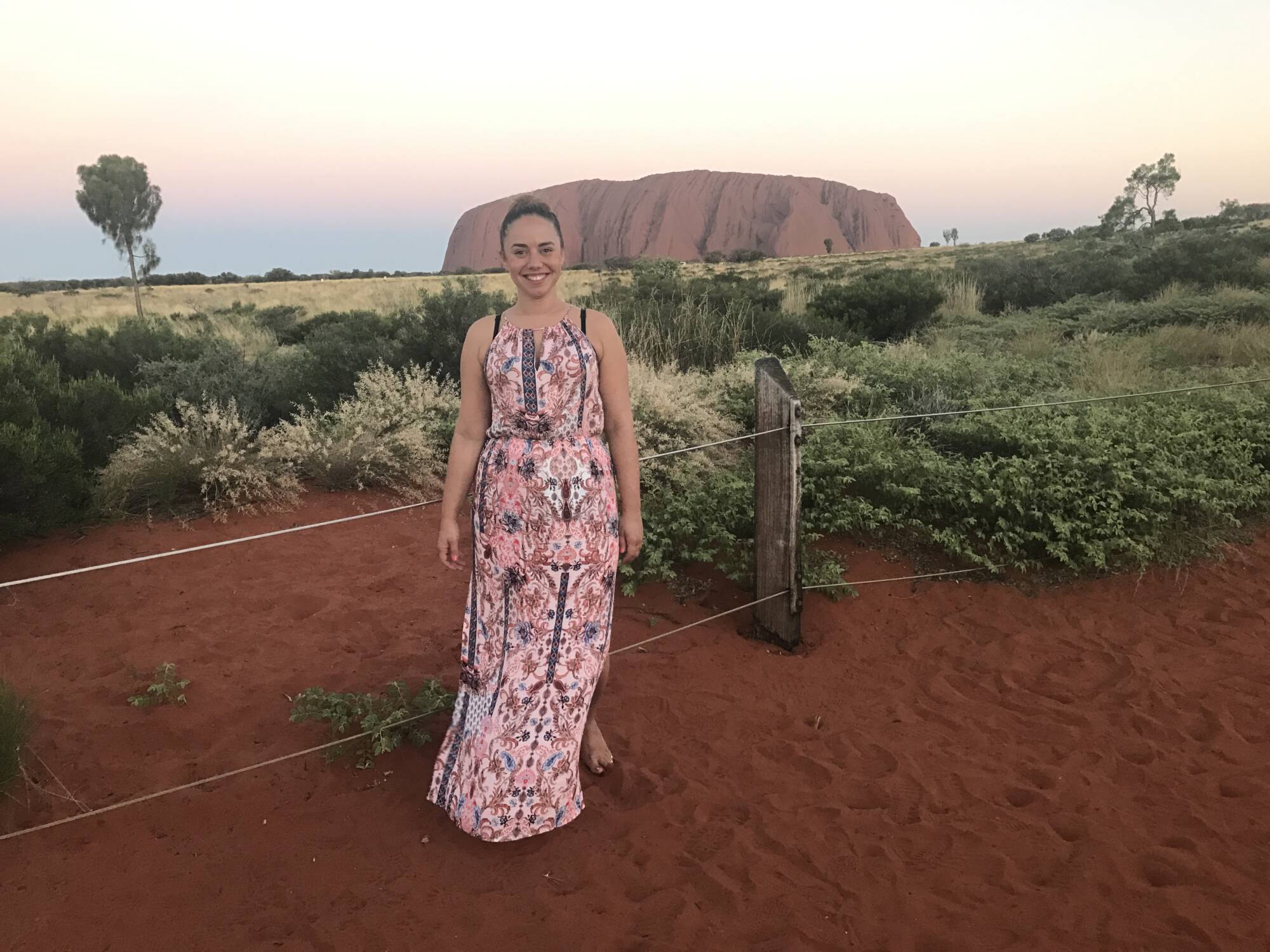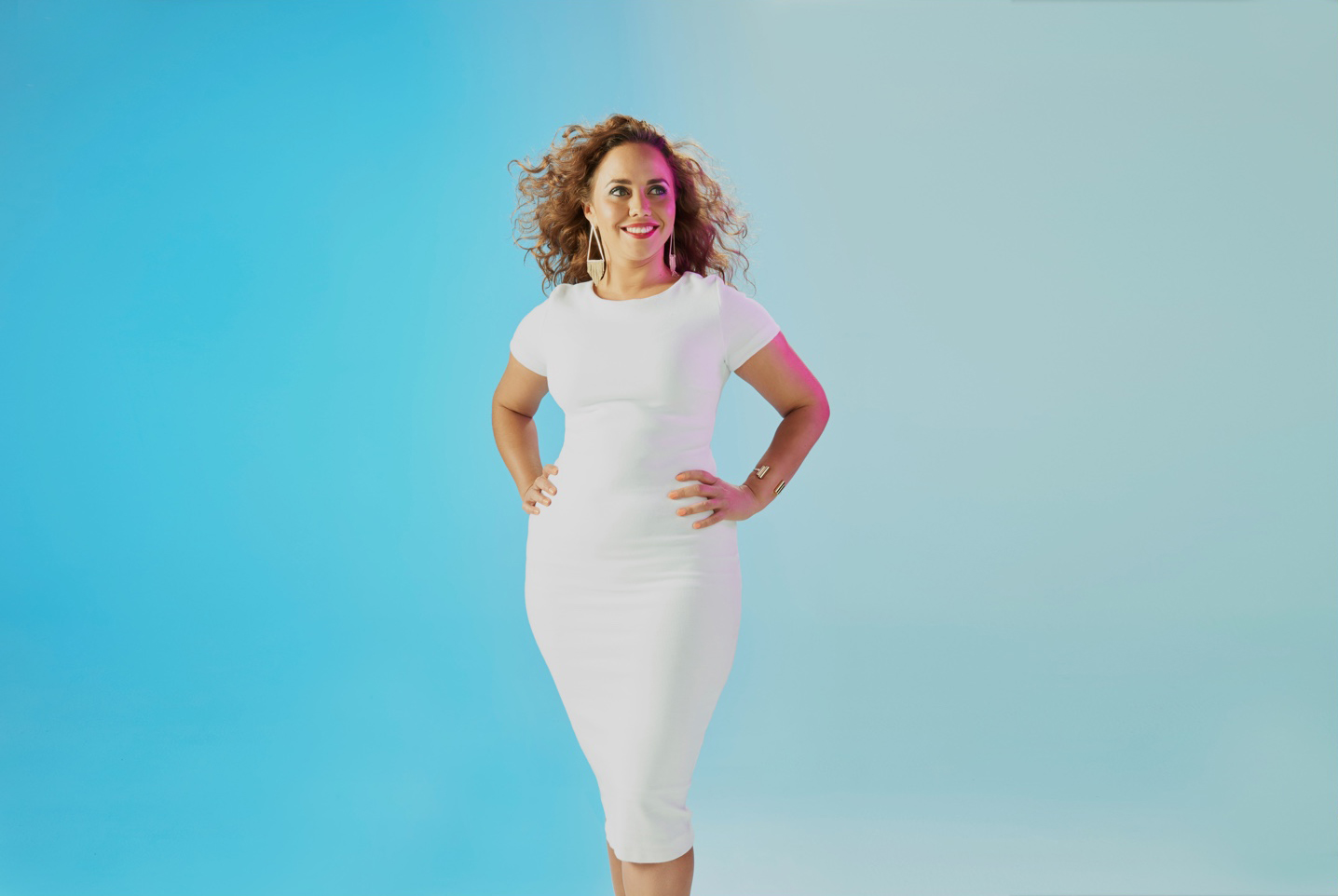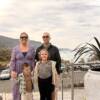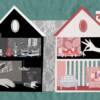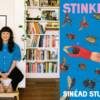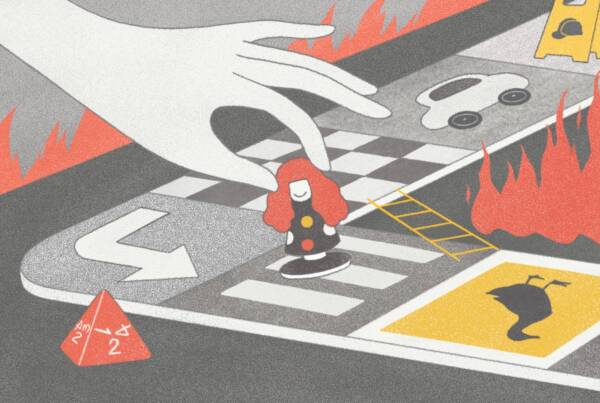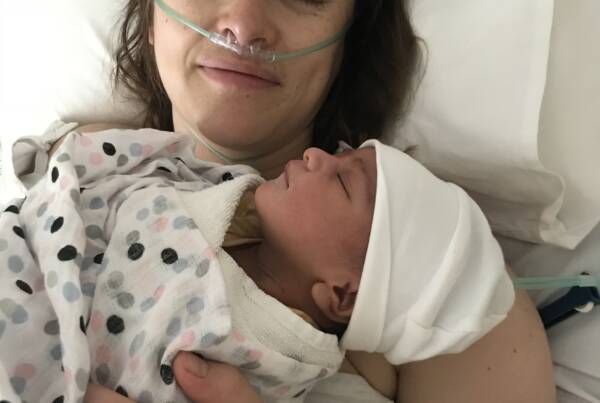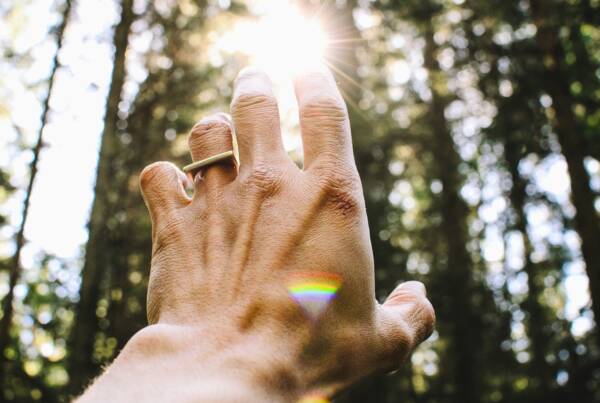Interview of Jirra Lulla by Emily Gray
Interview of Jirra Lulla by Emily Gray
Tell me a bit about yourself!
Growing up, Mum was really involved in the early feminist movement in advocating for the rights of street workers and establishing some of the earliest refuges for young female victims of violence. She also wrote a really early book on Aboriginal women artists through a political lens, so I think that informed my upbringing. Conversations in that house were very much centred on the politics of representation, and she would pull me out of primary school when she was teaching university courses. I always had a political and intellectual surrounding. My dad runs the Victorian Aboriginal Education Association which is Victoria’s organisation for the advocacy of Aboriginal education. My family on my Dad’s side are really prominent in Aboriginal affairs, so I guess both my parents’ backgrounds have really informed who I am. I was also very much raised around the Koori arts scene.
Can you explain the company you have set up and what it seeks to do?
I have always been a massive consumer of pop culture; I think that’s always been a huge part of my life. From when I was very young, I was obsessed with Hollywood and going to America. I’ve always had a bit of an obsessive personality so by the time I was thirteen I knew the exchange rate of the American dollar! I went and studied media and communications at uni, and that was what crossed over both of my passions: American pop culture and representations of race and sexuality. Of course at the time we didn’t have many mainstream Aboriginal films, we didn’t have many Aboriginal people on television and so I think me and most of my peers looked to America and to African American media as a representation of people of colour being able to live their own cultural authenticity through media, and model success through media.
I went and studied a Double Major in Media and Communications and Cinema Studies, and very much focused on boys in the hood, and lots of essays on representations of race and gender, sexuality. Those ideas continued to inform many contemporary Australian perceptions of Aboriginality and my idea was always to finish up my degree, come back and work for organisations like my Dad’s, just to promote the positive work that we were doing.
When I finished uni, I did a cadetship in Aboriginal affairs in state government and was working with the Minister for Aboriginal affairs, and then I was ready to come back into the community to be a marketing officer and to promote all the positive things that we see happening every day. But I came back and realised those jobs didn’t exist; our community organisations aren’t resourced to have marketing officers. So I watched this gap and I heard everybody with these bizarre, negative misunderstandings of my community. And then I lived in the community and saw all these amazing positive things happening every day. It was about ten years of watching this until the confidence came to go “It’s time, it’s time to help my community and try and fill that communications gap.” So that’s how I started Kalinya.
What would you say are some of the great triumphs that have come from it?
One of the things that I am most proud of in terms of outcomes is the Koori Youth Summit, it’s an event that is unlike any other in Australia. It’s completely designed by young Aboriginal people in Victoria for young Aboriginal people in Victoria. A group of about 140 people get together every year and they talk about the issues they see, for example conversations around transgender rights in a cultural context, and social media as a tool for social activism- really cool topics that people have identified themselves. We have just gone out and curated these events to bring people together and have moments of discussion and innovation.
My favourite thing about this is that now Kalinya has stepped back, because the Koori Youth Council has grown and they’re in a position to manage it themselves. As soon as there are other young Aboriginal people ready to take over the reins or whether it can be handed back to a community organisation, that’s always the end goal. It’s really cool to watch, as now I have no idea what this Koori Youth Summit will be, but I’ve got faith that they are taking it in the direction that it needs to go in.
The most beautiful thing for me to watch is seeing people gain confidence in their own skills and their own abilities and that their voice gets louder, so to step back and watch that unfold is such a beautiful part of my work.
Can you talk about how important it is for people to be represented in popular culture and mainstream media?
It’s a real driving force for me to have images represent us. And not just images, but in-depth characters and holistic narratives that tell our stories. I just don’t know if people who haven’t had that understand how meaningful it is when it’s not been there. When you start to get it, it’s just incredible. Even the role that social media has played in us being able to really express ourselves in a multitude of ways, it’s revolutionary.
I love that this generation have access to so many different Aboriginal idols, models, and pop stars but also global activism. It’s not one or the other – you can have this sense of pride in having local representation and also connect globally – and so that indigenous experience is made different.
What can you suggest for the broader communities to help bridge that gap in knowledge between their ideas of Aboriginality and reality?
I think seeking indigenous knowledge and having respect for it is something that non-Indigenous people can do. Something that is really tangible and helpful is asking the questions so that we don’t have to. If you’re in a workplace, ask your employers “Do we have a reconciliation action plan?”, “Do we have a procurement strategy?”, “Are we looking at engaging Aboriginal consultants, Aboriginal business owners, for university students?”, “Are you including Aboriginal voices in your essays?”.
And not necessarily on Aboriginal topics, we have so much to say on a wide range of Australian topics and global topics. I think it’s asking those questions to other non-Indigenous people that create a space for us. I think that a lot of the time, supporters, in wanting to engage and wanting to do the right thing, are knowingly putting additional work on us or additional pressure on us. But in turning that around and asking your employers, asking universities, and asking the companies that you purchase things from, using your consumer power to create spaces for indigenous knowledge in business, that’s where I think that we can really use some help. It’s only when broader populations are holding corporations accountable, that’s when change really happens, and that gives us the space to come in and inform how we think things can be done in a respectful and meaningful way.
Can you talk about the qualities that you have that have helped you get through a tough time or have helped you succeed?
I think self-care and protection of what you want and what you care about is really important. I think in particular for anyone that works in social advocacy it’s really important to carve out time for yourself and protect the things that make you feel present, well and happy. My career has been my focus for the last ten years and I’ve given a lot to that, and I’m getting to a point now where I’m wanting to give back to myself a little bit more. All of those simple things that people told you, that you didn’t realise were so important, like getting enough sleep, eating well, exercising and all that boring stuff are incredibly important in business.
It’s about realising that self-care is different from being selfish or indulgent and actually a very essential part of operating at a high level. You can’t be expected to walk into places or during meetings and be there in the moment without having taken care of yourself.
Being in Venice for Tracey Moffat’s exhibition “My Horizon” at the Venice Biennale, can you talk about what it means to be there?
I’ll give you a bit of history. I first saw Tracey Moffatt’s work when I was 17. I was in a senior secondary college and I was the only Aboriginal person in my year, and I had never met anyone or heard of any Aboriginal women working internationally at that point. I was wondering what direction I wanted to head in, and I saw one of Tracey’s works, from her Something More series, and I could see myself in her work and more of who I wanted to be. She looked amazing, she’s in this gorgeous sexy red dress in these highly-stylised photos that are obviously influenced by Tracey’s own media consumption. I really connected with her.
Tracey was the first Aboriginal woman I had ever seen that had an international career; she was living in New York at the time, she was completely fabulous and also really grounded in her culture and her experience as an Aboriginal woman from Australia. I credit her and her career very much as leading the way for the kind of life that I wanted, and now have the amazing opportunity to live. She’s been my idol, and I had never met her before. This opportunity with the Biennale came up, and I’m not much of a crier but this opportunity has had me in tears so often. How often do you get sent to the most prestigious art event in the world to meet your idol! And so I got to Venice and again, when I saw the work I was in tears. But a lot of people have had that experience, the work is really emotional.
What has the vibe been like?
It’s been huge. It has broken attendance records, I think the previous record was just under 5,000 and we had 6,200 walk through the first day. It’s huge. The tote bags, with “Indigenous Rights” printed on one side and “Refugee Rights” printed on the other, became the “it” bag of the Biennale, so we have given away about 7,000. So 7,000 of the world’s most elite are walking around Venice with these tote bags that say, “Indigenous Rights, Refugee Rights”, we just see them all around the city! It’s quite dream like. It’s like living in a Tracey Moffatt photo sometimes.
Do you have a favourite piece from My Horizon and how would you describe it?
The two photo series Body Remembers and Passages are such moving pieces, I don’t know if I have a favourite individual photo, but they speak to each other so strongly. Tracey is adamant that everybody brings their own readings to the work and so I’ve had some great conversations with people about how personally they engage with it. For me they feel particularly personal considering how long I have looked up to Tracey, that she left Australia and achieved an international career. I feel like I’m kind of on the cusp of that, so it speaks very much to me and my idea of Australia as a country that I am inextricably linked to and could never disconnect from. I think the work speaks a lot to that, and also the challenges of living in a country that is quite racially segregated, and the personal isolation you feel. Passages is all about the moment of embarking on journeys and seeking new horizons from Australia, and that can be isolating and difficult. And the sadness of having to leave to find new opportunities, but also the dreamscapes you end up in when you embark on that journey. I think everybody has their own readings and they’ve all been different, but for me it speaks very much to that moment in my own life.
What advice do you have for young girls and women who are trying to navigate the world we live in?
It’s one of those lofty statements that you see on Instagram and it’s hard to take seriously, but I think it really is important to understand that we are enough. In this world, and coming from a marketing background, I think I’ve come to understand that consumerism depends on us believing that we’re not enough: not beautiful enough, not smart enough, not driven enough or rich enough, or white enough, or black enough. We, as women, need to start trying to practice believing and understanding that we are enough, that our story is our own and it’s not right and it’s not wrong, it’s just ours. Nobody can take that away from us. That’s my old girl wisdom!

